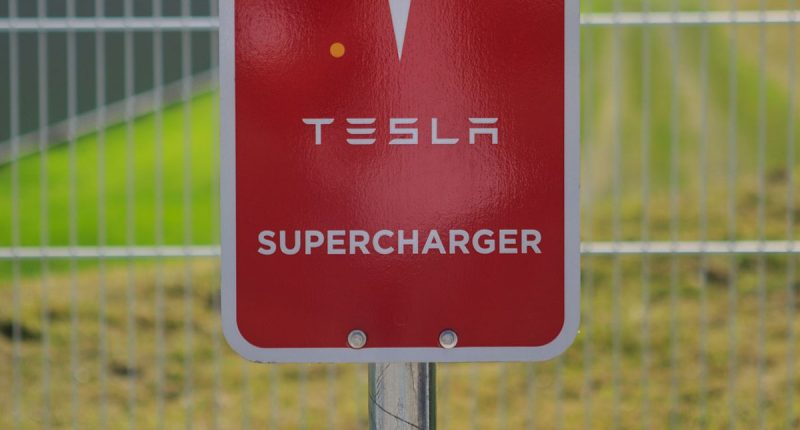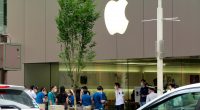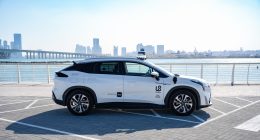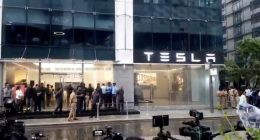Elon Musk’s Tesla, which, by the way, is the most valuable car maker in the world, proved its mettle today, after declaring a phenomenal result for Q1 2021. While its stock fell as much as 3%, Tesla surpassed all expectations, recording $10.39 billion in total revenues in the first quarter of fiscal year 2021, an increase of 74% over the previous year. This growth can be attributed to the increased sales in Tesla vehicle production and delivery. Tesla sold a record 1,84,000 Model 3 and Model Y cars in the first quarter.
The company’s net profit came up to $438 million, and $518 million in revenue from sales of regulatory credits as well. Bitcoin, Musk’s favorite cryptocurrency, also aided in Tesla’s fortunes, bringing in $101 million from bitcoin sales during Q1 2021.
The value of bitcoin rose by $272 million after Tesla invested $1.5 billion in the cryptocurrency this quarter. Musk’s relationship with bitcoin goes a long way back to when he had said that Tesla would start accepting it as a form of payment; however, the ‘Master of Coin’ title still went to Tesla CFO Zachary Kirkhorn.
“We do believe long-term in the value of Bitcoin,” Kirkhorn said. “It is our intent to hold what we have long-term and continue to accumulate Bitcoin from transactions from our customers as they purchase vehicles.” Bitcoin, according to Tesla, is a place where one can store cash and access it immediately while providing a better return on investment than more traditional central bank-backed institutes.
Tesla also witnessed a gross profit of $2.215 billion and an adjusted net income of $1.052 billion for the same period (an increase of 304%), leading to diluted, non-GAAP earnings per share (EPS) of $0.93, surpassing the estimated EPS of $0.79. Tesla’s non-GAAP income surpassed $1 billion for the first time ever.
On Monday, Musk said that they would start delivery of the new versions of the Model S sedans from May 2021, while Model X would be delivered in Q3 2021. Tesla aims to produce over 2,000 Model S and X vehicles per week later this year, expecting a growth of more than 50% in vehicle delivery this year.
“Model Y ramp in Shanghai is progressing well. We expect that our Shanghai factory will continue to increase quarterly production output through the year,” Tesla said, adding that it has recently improved its domestic supply sourcing ratio to over 90% in its Shanghai factory and vehicle exports to Europe and APAC continue to progress as planned. Musk had said earlier that supply chain issues continued to remain a problem. However, the world’s most valuable automaker is not one to be dragged down by such inconveniences, being able to solve the issue by pivoting quickly to new chips, while simultaneously developing software for chips made by new suppliers.
Tesla’s vehicle unit sales grew by more than 100% year on year.
China, which remains Tesla’s biggest market, saw over 1,37,459 models of the Model 3 car being sold last year, and 52, 858 models in Q1 2021 itself. China now consists of about 21% of Tesla’s $31.54 sales overall, an increase from the 12% share in 2019. “We are encouraged by the positive reception of the Model Y in China and are quickly progressing to full production capacity,” the company said.
On the same day, Tesla CEO Musk unveiled his goal to turn residences into distributed power plants that would generate, store and even deliver energy back into the electricity grid, all using Tesla’s products. While Tesla (and Musk) have been advocates for green and solar energy for a long time, selling photovoltaic and vitality storage merchandise for years, Musk has revealed plans to expand these businesses by appealing to utilities.
“This is a prosperous future both for Tesla and for the utilities,” he said. “If this is not done, the utilities will fail to serve their customers. They won’t be able to do it,” Musk said during an investor call.





